Understanding PLAR
Prior Learning Assessment and Recognition – PLAR – is a human resources tool to help find the best match between individuals and available positions. It assesses and evaluates the knowledge, skills and abilities of a potential employee. PLAR helps an employer determine both capability and suitability of a job candidate, matching potential employees with appropriate positions and workplaces. It helps employers find value in a potential employee’s work and life experiences – experiences that can build and develop skills outside of formal training.
Benefits of PLAR in the Advanced Wood Products (AWP) Sector
- PLAR helps identify employees from non-traditional sources to fill labour
shortages. - PLAR fairly assesses the appropriateness of a potential employee’s training and skills, whether these were obtained in another country or in another industry.
- PLAR saves time and money by helping employers hire successfully – the right person for the right position.
- PLAR saves time and money by eliminating duplication of training because it evaluates and identifies the value of an individual’s training from other places, sources and experiences.
- PLAR can help potential employees recognize the value of a career in the Advanced Wood Products sector – by demonstrating how their skills and capabilities can be transferred to this sector from other careers and experiences.
The Wood Manufacturing Council’s Role in PLAR
- WMC has responded to the recommendations of manufacturers and other sector stakeholders by raising awareness in the industry about PLAR and its value to sector members and by working towards developing and implementing industry-specific PLAR initiatives. The recommendations WMC has focussed on include:
- Building partnerships with new stakeholders to attract new workers to
new opportunities in the Advanced Wood Products sector; - Designing human resources products and tools to support employers in recruitment and retention and the use of PLAR systems;
- Developing orientation and self-assessment resources for individuals determining their suitability for jobs in the Advanced Wood Products sector.
- Building partnerships with new stakeholders to attract new workers to
- WMC encourages its sector participants to apply PLAR to their human resources activities to expand their labour pool options and even promote the sector to individuals who otherwise might not have considered Advanced Wood Products as an employer.
The Wood Manufacturing Council Workbench
The WMC Workbench is a human resources assessment tool that uses PLAR principles to help current and future employers and employees of the sector to more effectively match people to jobs. The principle objective is to increase the ability of individual firms within the sector and both new and existing employees to assess and recognize qualifications, often attained outside formal or structured educational programs.
The Workbench includes a number of useful tools. Included are Comparative Skills Profiles, which allow people to see how skills used in specific jobs in our sector can be transferred from jobs in other industries and one’s personal life (home or volunteer). The skills are derived from the National Occupational Standards (NOS) and the work examples provided relate to other occupations found within the National Occupational Classification. The tool can also be used in the self-assessment for individuals to write examples of how they have used the skills described in the NOS in other industries.
The Self-Assessment / Assessment Tool allows people to evaluate their skills against WMC’s NOS for 5 occupations in the woodworking sector. It can also be distributed by a supervisor or career counsellor to work with an employee or job candidate to help identify areas of strength and development. There is also an Interview Builder which contains questions that are based on the skills found in the NOS and is meant to be used as a starting point in creating interview guides to assess job candidates. The tool currently contains an interview guide for 4 different occupations. Interview questions can be customized and additional questions can be added.
Three other informative guides have been developed to supplement the information provided for users in the modules so that they can further prepare for work within the sector. The guides include How to Assess Transferable Skills (designed for employers to recognize and assess skills that can be transferred from other occupations and industries to those within the sector) and What Are Transferable Skills (designed for use by job candidates who are looking for work in the sector or people who are looking to change jobs or pursue a promotion in the sector). It describes the concept of transferable skills, how to identify transferable skills and how to use the information to find a job. The Resume and Interview Guide which takes a job candidate through a step- by-step process to prepare their resume and to prepare for an interview. Samples and important considerations are provided throughout the document to guide candidates in the right direction when seeking employment in the industry.

